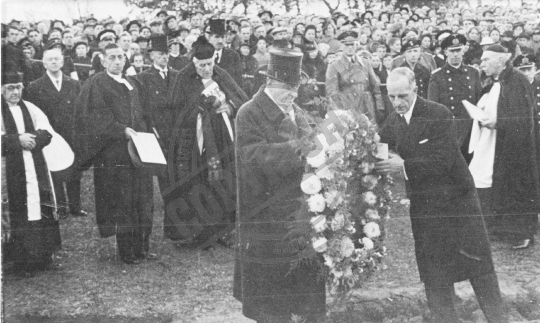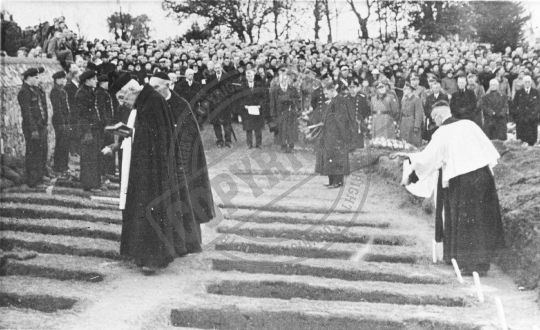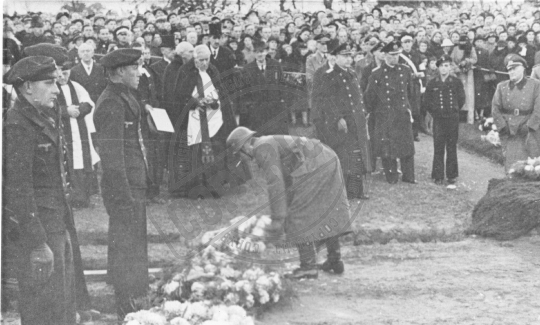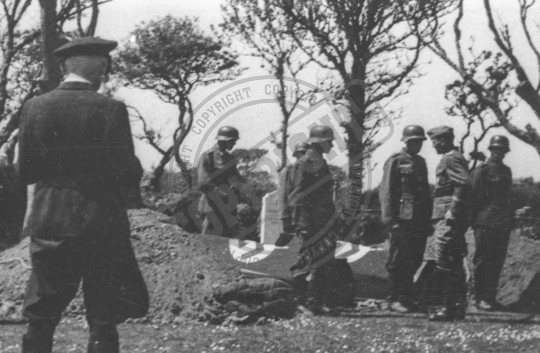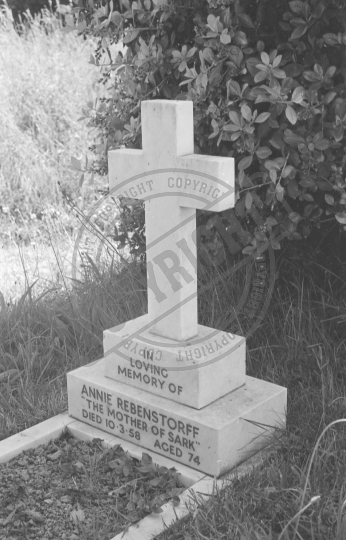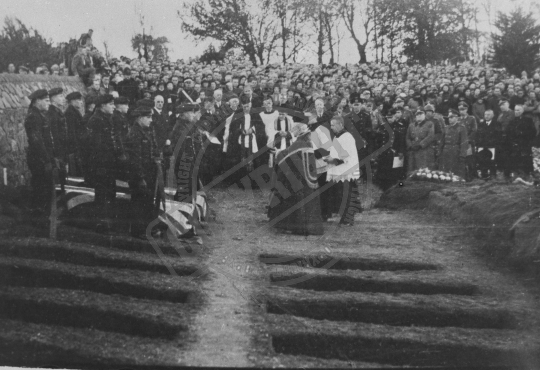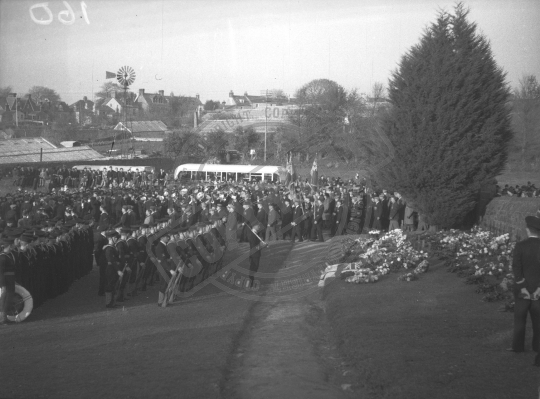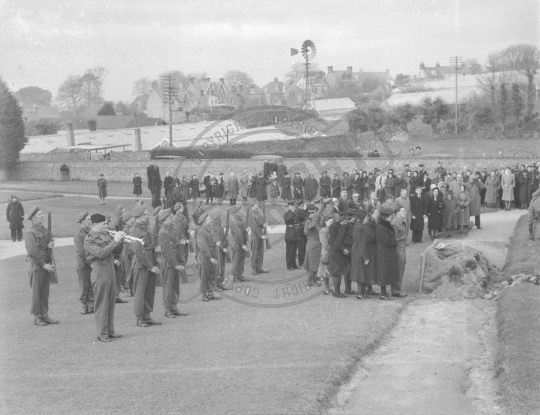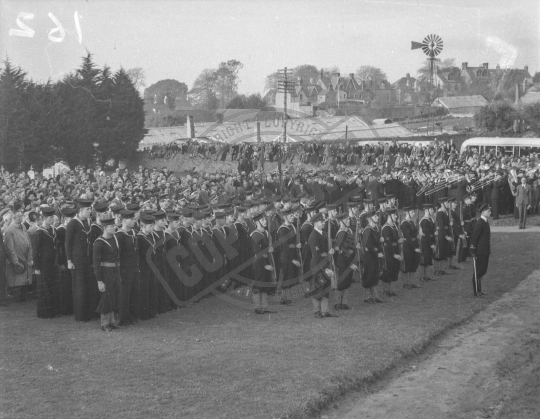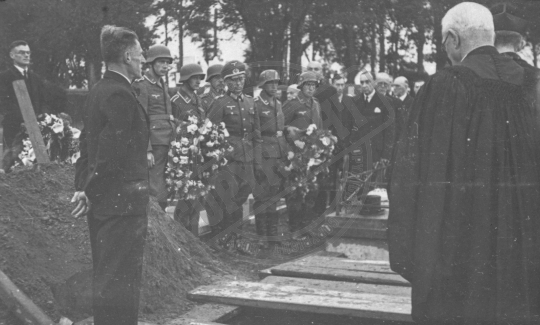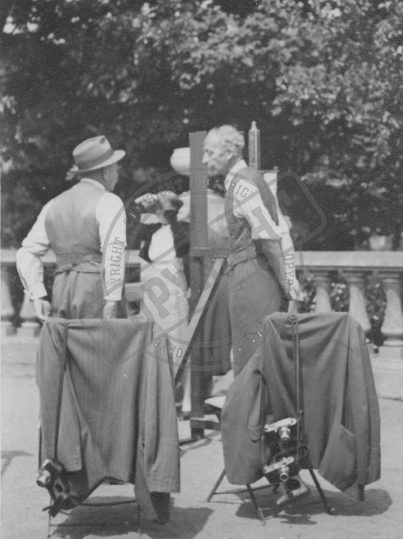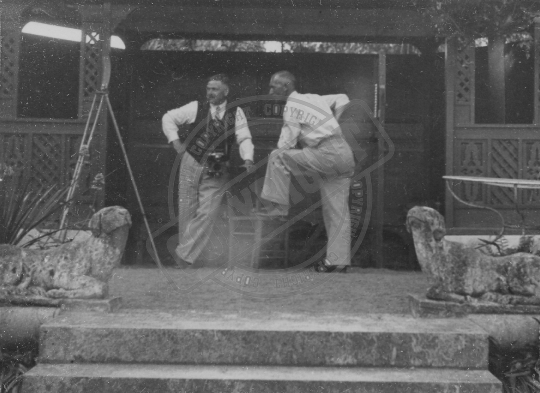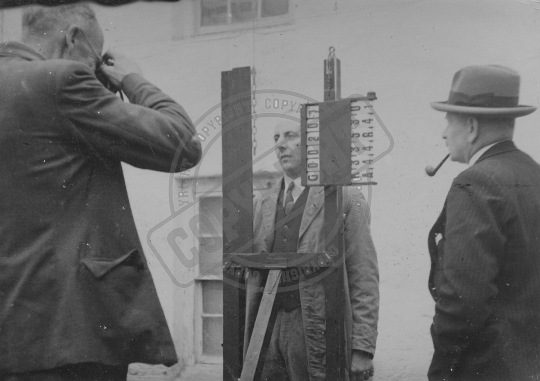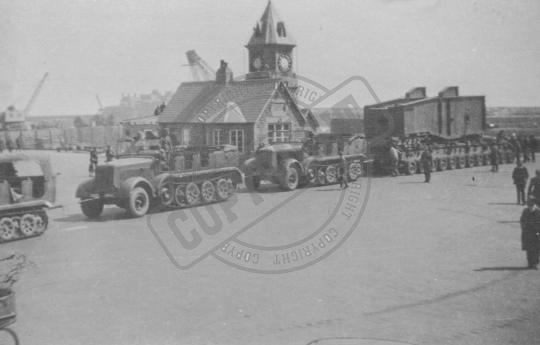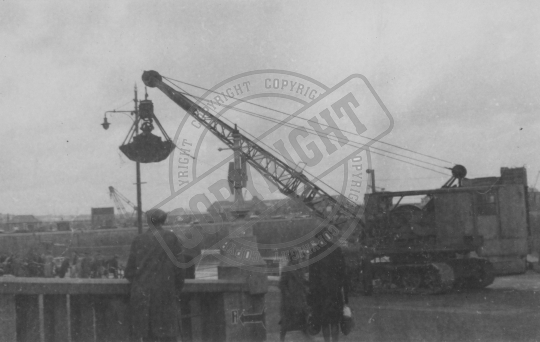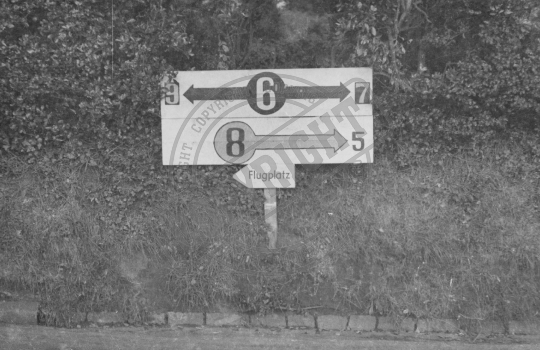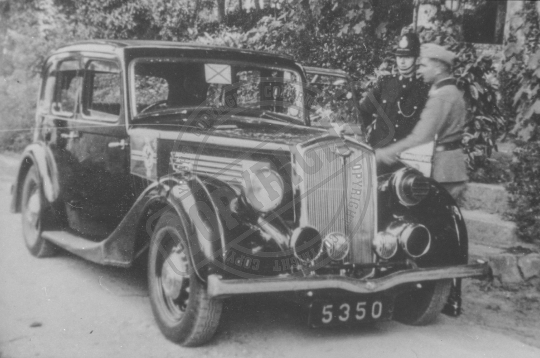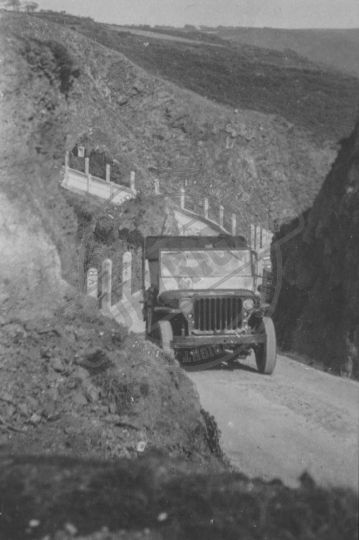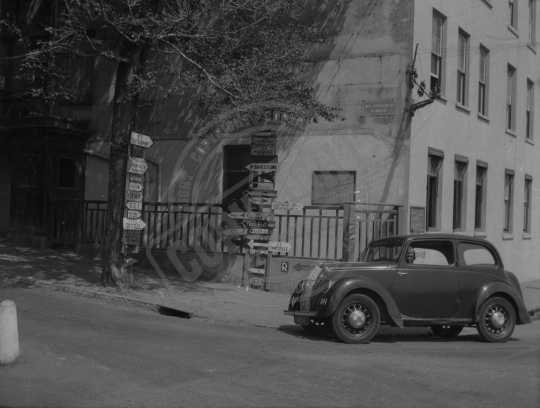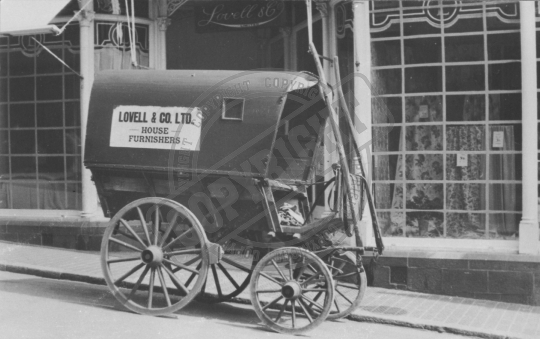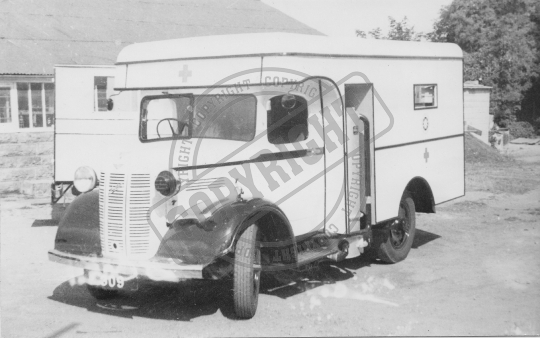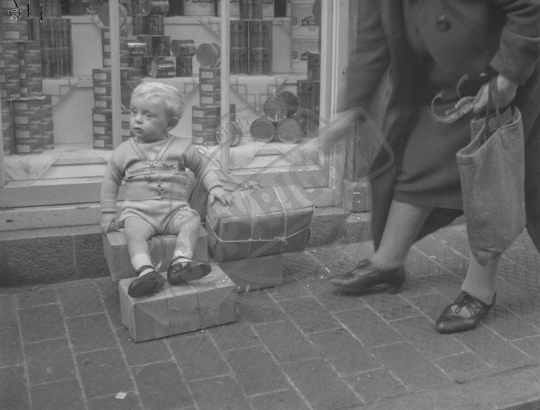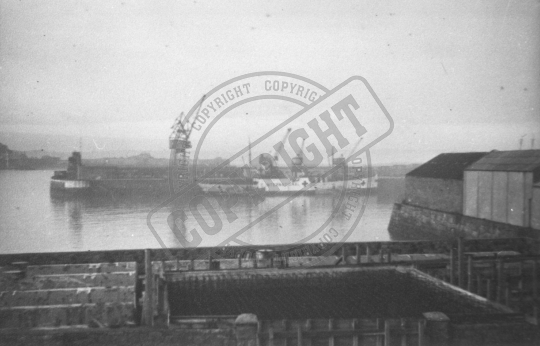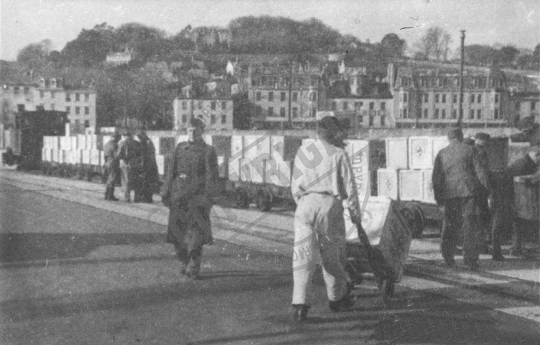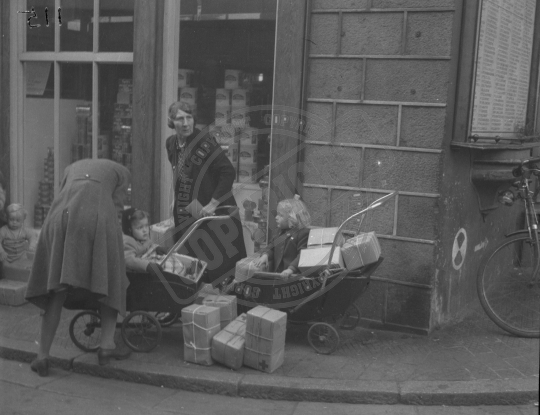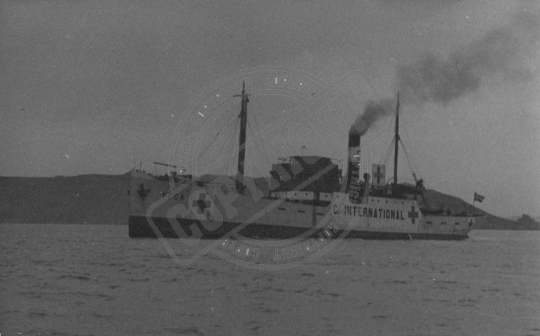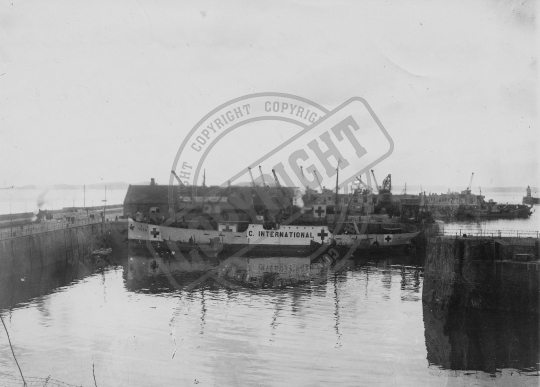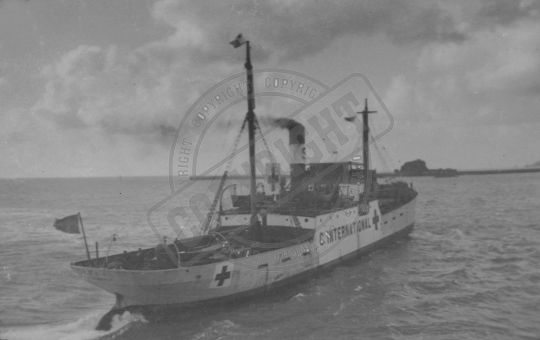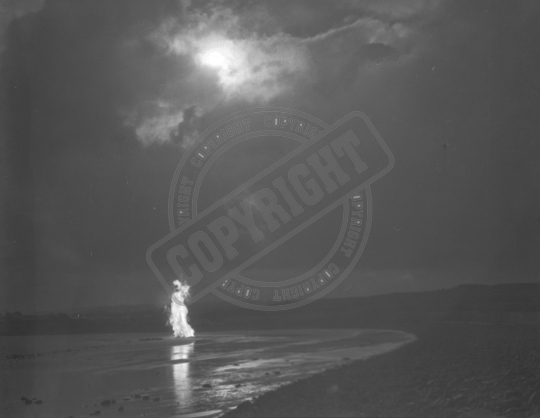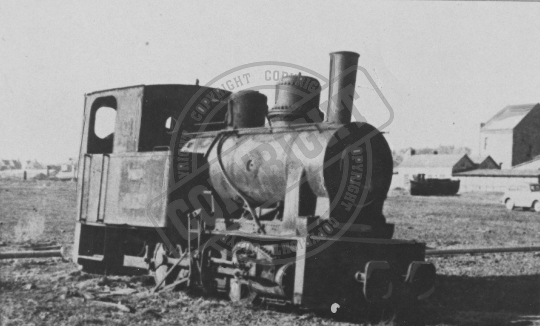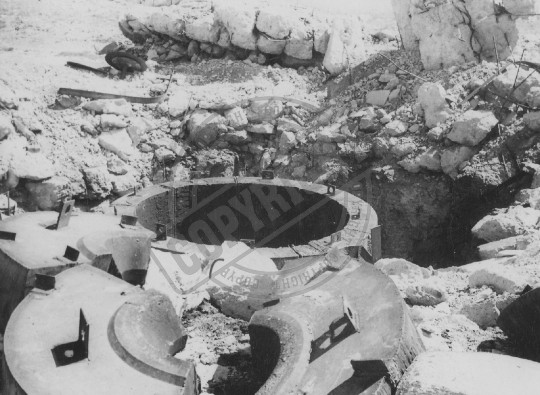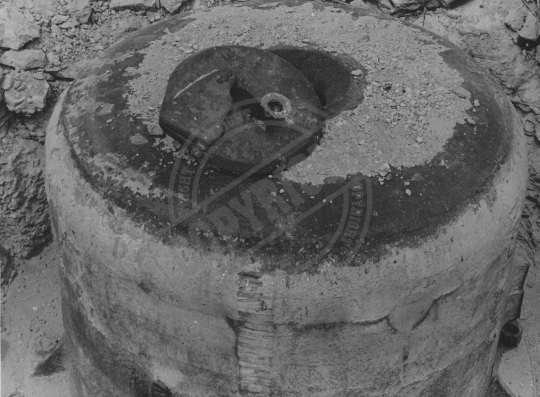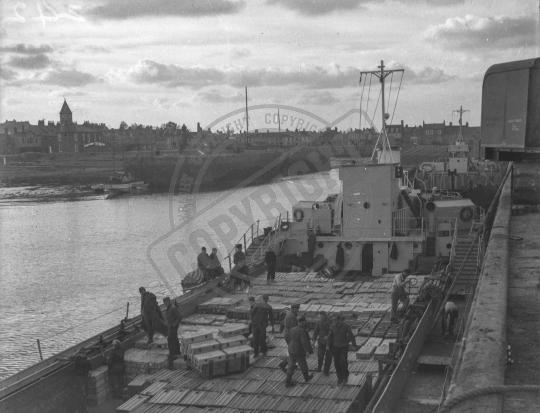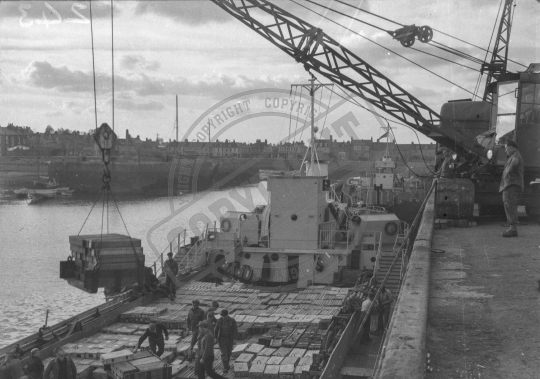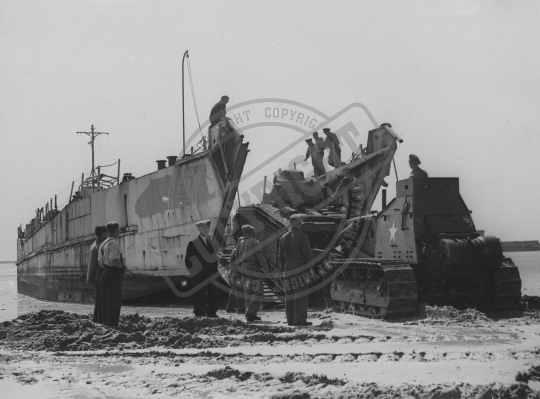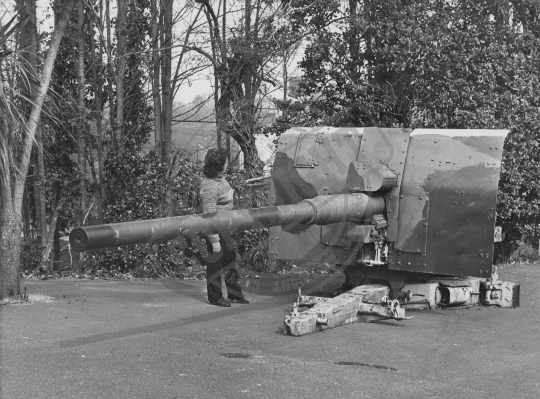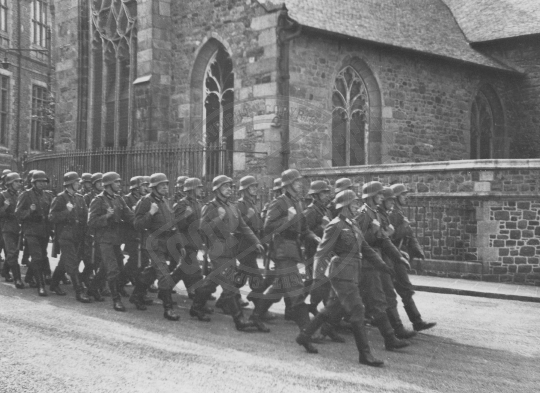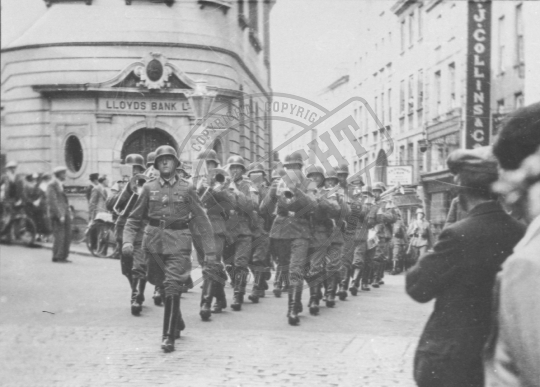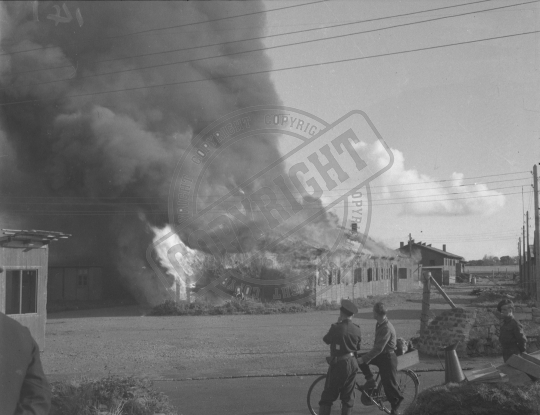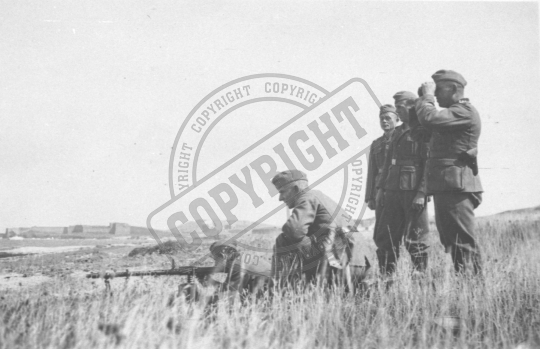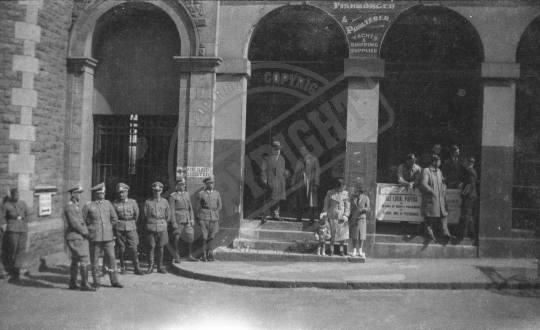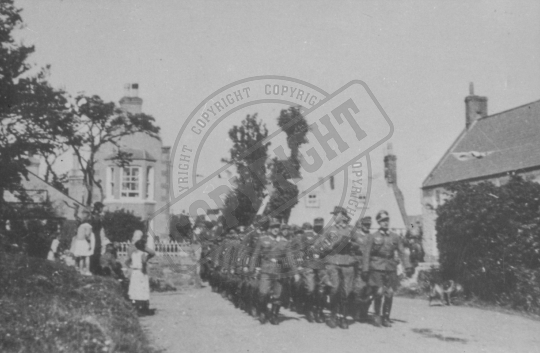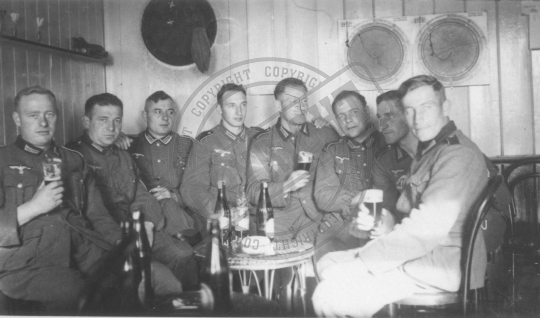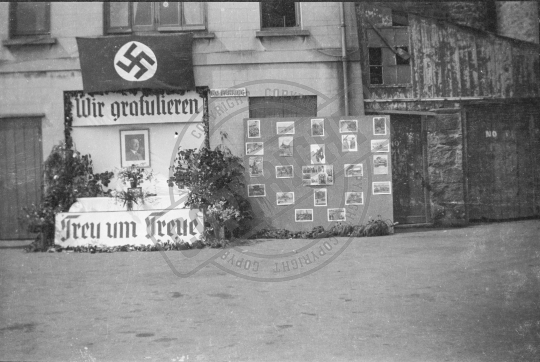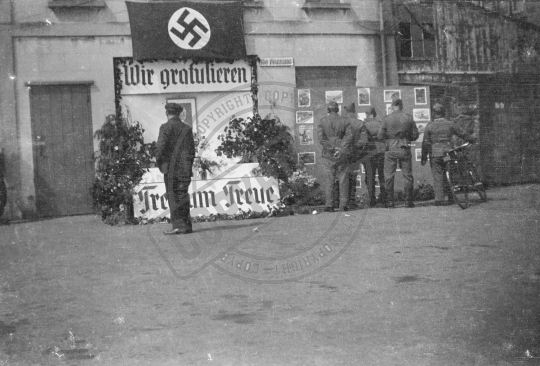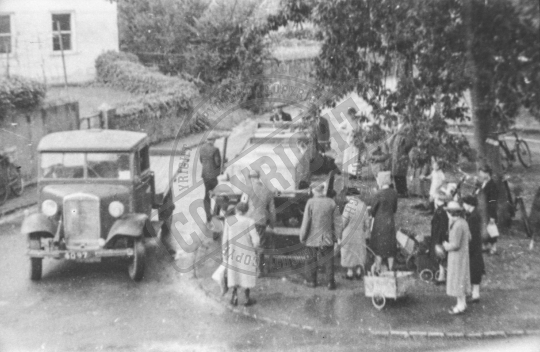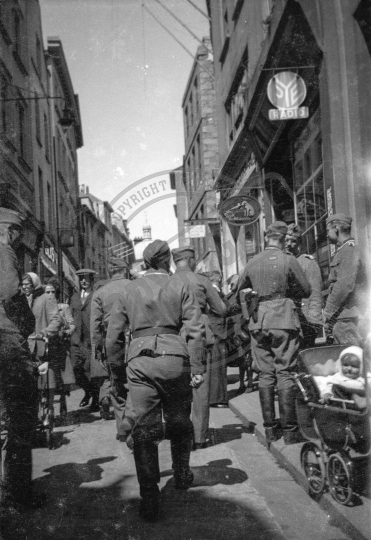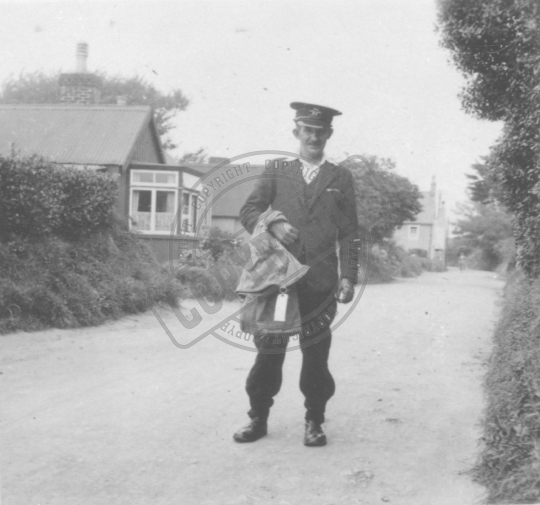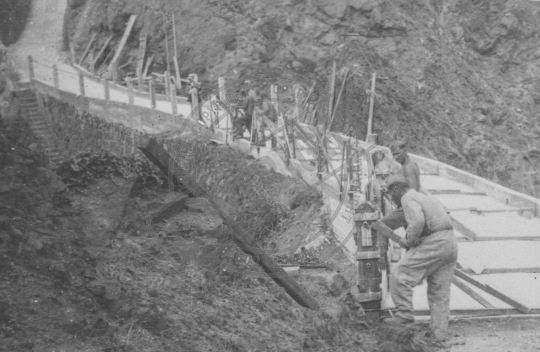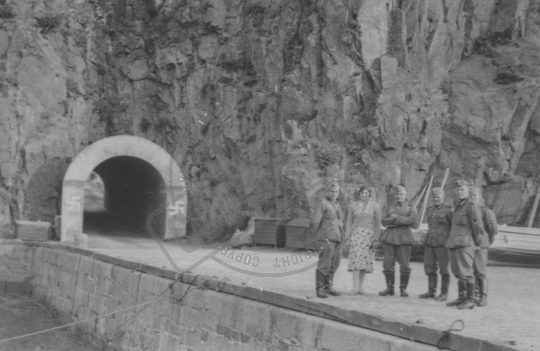Results (397)
TPL_00168
Funeral service for Royal Navy victims of HMS Charybdis and HMS Limbourne who were buried with full military honours at Le Foulon Cemetery.
TPL_00166
Funeral service for Royal Navy victims of HMS Charybdis and HMS Limbourne who were buried with full military honours at Le Foulon Cemetery.
TPL_00165
Funeral service for Royal Navy victims of HMS Charybdis and HMS Limbourne who were buried with full military honours at Le Foulon Cemetery.
TPL_00164
Two soldiers who were killed when clearing their own mines immediately after the occupation are buried in the cemetery near St Peters church in Sark.
TPL_00163
Mrs Annie Rebenstorff an English born lady who married a German national and had lived in that country prior to WW1. During the Occupation she was renowned for the work she did to aid islanders in Sark, so much so she was know as 'The Mother of Sark'.
TPL_00162
Funeral service for Royal Navy victims of HMS Charybdis and HMS Limbourne who were buried with full military honours at Le Foulon Cemetery.
TPL_00157
Military funeral held in Jersey for RAF Sergeants Dennis Charles Butlin and Abraham Holden which was attended by Bailiff Alexander Coutanche on 6th June 1943.
TPL_00180
Messrs. Toms and Keates in a moment of relaxation at Candie Gardens outdoor "studio" - the balcony east of the bandstand.
TPL_00178
The "photo-census" in progress in the summer of 1941. Charles Toms is shown photographing a subject, with reference number displayed on an easel.
TPL_00382
German half-tracks were linked together and used to transport heavy loads such as the guns of Batterie Mirus. Seen here is one of the huge carriages that will eventually mount the 30.5cm gun barrel sitting on a 24 wheeled trailer being towed past the White Rock weighbridge.
TPL_00380
Heavy construction equipment was used during the building of the fortifications, this crane with fitted with a grab was used during the excavation process. Photographed at the top of the slipway next to the Albert statue, note the road sign painted at the foot of the wall and the 'Antee’ floating crane seen in the background.
TPL_00378
German road sign at Forest Road which makes the junction near La Villette in St Martins. The Germans listed the local roads by colour and number, here we see red route 6 leading on to routes 7 and 9. This junction also leads from yellow 8 to yellow 5. The small sign reading Flugplatz is indicating the direction to the airfield.
TPL_00328
A Guernsey police officer and German chauffeur stand by the Commandants car while he pays a visit to the Little Chapel at Les Vauxbelets, Guernsey.
TPL_00322
As the military buildup increased, so did the number of road signs directing German forces to them. Many roads were thoroughly signposted like this example at the bottom of St Julian's Avenue, Guernsey. Note the Guernsey Press Censor in his car.
TPL_00323
This cut down furniture van was transformed into a very efficient ambulance which ran on charcoal gas and was ready for service by September 1942.
TPL_00375
Red Cross parcels being distributed at Le Riches, St Peter Port, Guernsey. They provided a lifeline for the civilian population as everyone was on starvation rations by the winter of 1944 with the first consignment arriving just after Christmas that year.
TPL_00314
Crates of Red Cross parcels arrive at the docks in Guernsey before being transported by train to a secure store.
TPL_00312
The arrival of the Swedish ship SS Vega chartered by the International Red Cross to bring food and supplies to the starving islanders did much to alleviate the suffering of the civilians. Here Red Cross parcels were distributed to the islanders at Les Riches, St Peter Port.
OA_074
The Swedish ship SS Vega, chartered by the International Red Cross to take Red Cross Supplies to the Channel Islands. She is seen here off St Aubin’s Bay after leaving St Helier Harbour on Friday, 11th May, 1945.
OA_014
The Swedish ship SS Vega, chartered by the International Red Cross to take Red Cross Supplies to the Channel Islands, at the London Berth, St Peter Port Harbour, Guernsey. Note German FK vessels moored alongside and trains on the quay.
CIMM_0020
The Red Cross ship SS Vega leaving Jersey at noon on 4th January 1945 on her way to Guernsey.
TPL_00311
Cordite being burnt on the beach in Guernsey 1945, the photographer could feel the heat from over 400 feet away.
TPL_00367
The Germans installed a railway network to move food and materials around the island, these were used extensively during the construction of the fortifications. This derelict locomotive lies in St Sampson along Bulwer Avenue prior to being scrapped.
TPL_00363
The M19 armoured turret at Fort Hommet has been cut into manageable pieces ready for transport to the United Kingdom as scrap metal.
TPL_00362
The steel armoured turret of the M19 automatic mortar at Fort Hommet prior to the scrap men cutting it up and being made ready to be transported to the United Kingdom as scrap metal.
TPL_00359
Shortly after Liberation the massive task of clearing ammunition began. The majority of the ammunition was loaded aboard LCTs by German PoW s and taken to the eastern end of Hurd Deep where the water is some 550 feet deep. This image shows the loading of ammunition at Northside, Vale.
TPL_00358
Shortly after Liberation the massive task of clearing ammunition began. The majority of the ammunition was loaded aboard LCTs by German POWs and taken to the eastern end of Hurd Deep where the water is some 550 feet deep. This image shows the loading of ammunition at Northside, Vale.
OA_069
The last of the French Char B1 tanks is loaded onto a Landing Craft Tank (LCT), at La Haul Slip, St Aubin’s Bay, Jersey on the 17th May, 1946. These tanks had been captured by the Germans and formed Panzer Abteilung 213 that was stationed in the island. They were returned to France and the French Army.
TPL_00305
8.8cm Flak 41 anti-aircraft gun on display at the German Occupation Museum in the 1980`s. Weapons of this model were never installed in the Channel Islands.
TPL_00385
A German column marches past the town church in St Peter Port, Guernsey. The former vegetable markets building is just visible on the left of the photograph.
TPL_00384
This well-known photograph used for propaganda shows a German military band marching past Lloyds Bank at the foot of Smith Street in St Peter Port, Guernsey. This image shows the head of a column of troops approaching the High Street.
TPL_00372
Lager Ursula, a former Organisation Todt labour camp, at La Rue Sauvage, St. Sampson's, Guernsey. It was decided that as many buildings were infested, it was more expedient to burn the structures down than disinfect and disassemble.
TPL_00303
Target practice using an MG34 on Platte Saline in Alderney during the summer of 1942. Fort Albert can be seen in the background.
TPL_00302
German officers listen to a band playing in Market Square, St Peter Port. Note the air raid shelter sign on the wall.
TPL_00300
A Sergeant and ten soldiers took over Sark at the beginning of the occupation, at the end there were almost three hundred. This image shown German troops marching along the Avenue.
TPL_00299
During the early days of the occupation German troops found Sark public houses well stocked with beer and spirits. Soldiers always removed their belts and sidearms when on licenced premises.
TPL_00297
German soldiers take a moment to look at the display in St Peter Port on Hitler`s birthday in 1942.
TPL_00295
People queuing at the junction of the Rohais and La Foulon to collect rations of sea water in which to boil food as salt was unobtainable.
TPL_00294
German forces made a mad rush for the well stocked shops in the early days of the occupation. Here we see both Germans and civilians in the High Street, St Peter Port, Guernsey.
TPL_00293
Percy Brown, Sark`s postman delivering mail on August Bank Holiday, one month after the German Occupation of Sark.
TPL_00292
La Coupee, the narrow road linking Sark with Little Sark was in such a bad state of repair that the Royal Engineers used German prisoner of war labour to reconstructed the complete road in concrete.
TPL_00291
A group of visitors to Sark in 1940, note the swastika painted at the tunnel entrance leading from Creux harbour.



